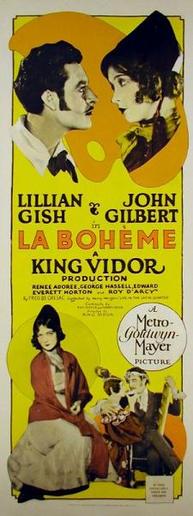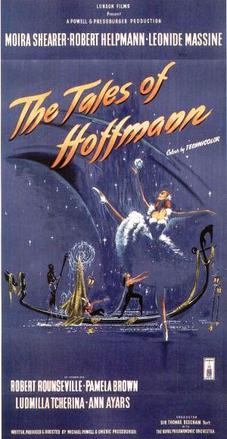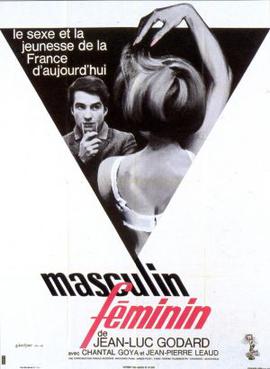 |
| Alice Guy |
As part of a series about pioneering women directors this month, Turner Classic Movies devoted an evening to the films of Alice Guy (or Guy-Blaché, as she became known after she married Herbert Blaché in 1907). Said to have been the first female director, she made more than a thousand films, first in France, where she rose from a secretarial job to become the head of production for Gaumont, and then in the United States, where she and her husband founded a production company, Solax, that was located in Fort Lee, N.J., then the center of movie production in America. Her first film, a short called
La Fée aux Choux (1896), is said to be the first narrative movie, though the narrative barely exists: The minute-long film simply depicts a well-corseted young woman (the titular "Cabbage Fairy") plucking several babies from behind some painted cabbages. (In France, apparently, children are told that babies come from cabbage patches instead of being brought by the stork.) In 1906, she made
The Birth, the Life and the Death of Christ, a half-hour series of vignettes that deal rather more with the death of Jesus than with the life. It doesn't contain such notable events as the baptism, the temptation in the desert, or the Sermon on the Mount, but it does feature the raising of the daughter of Jairus. The vignettes are a series of tableaux, with sets designed by Henri Ménessier and costumes by Victorin-Hippolyte Jasset. The scenes are filmed from a fixed point of view, as from an audience looking at a stage, with no cuts or close-ups -- except for one striking exception: In the vignette dealing with St. Veronica, who wiped Jesus's face with her veil as he was carrying the cross to Calvary, with the result that the veil retained an image of his face, Guy inserts an image of Veronica standing alone, displaying the imprinted veil. After moving to the United States, Guy made
Falling Leaves (1912), a sentimental tale of a young girl dying of tuberculosis. Told by the family doctor that her sister would live only until the last leaf has fallen, young Trixie (Magda Foy), goes outside and tries to tie the leaves on the trees. There she is seen by a passing physician who has just developed a "serum" that cures TB, and thereby saves the sister's life. The sets are again by Ménessier, who followed Guy to America. Guy also had a deft hand for comedy, evident in
Canned Harmony (1912), a farce about a man who tricks his girlfriend's musician father by posing as a musician by hiding a phonograph under a table while pretending to play a violin. The film contains a remarkably sophisticated use of a three-way split screen, in which the man and the woman hatch their plot on the telephone. The left-hand image shows the man, the right-hand image the woman, and in the middle is an exterior shot, designed to show that they're in different houses.
A House Divided (1913), in which a squabbling married couple try to live together by communicating only in writing, contains some deft comic acting by Fraunie Fraunholz and Marian Swayne; the latter had played the tubercular sister in
Falling Leaves. TCM also showed
The Ocean Waif (1921) by Guy, but the print is deteriorated beyond satisfactory restoration, with so many continuity gaps and images obscured by scarring, that I found it hard to watch.



















